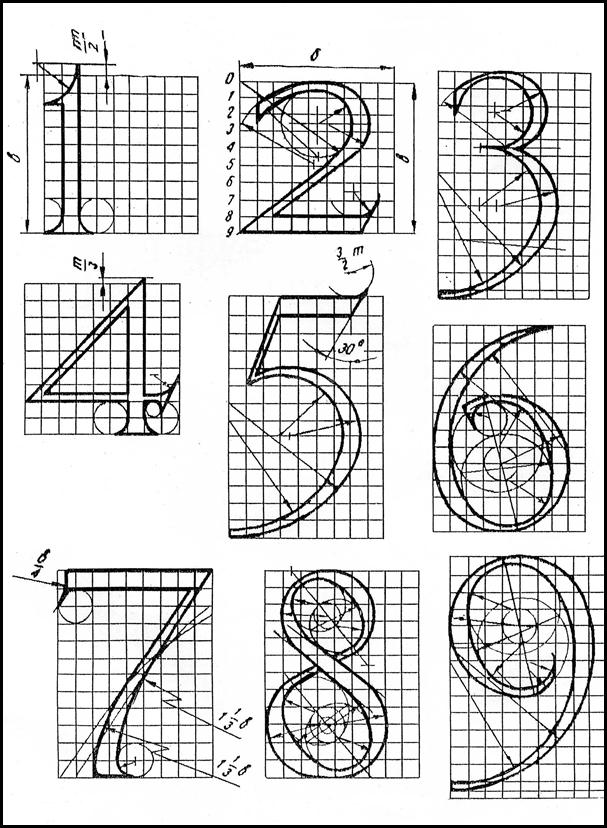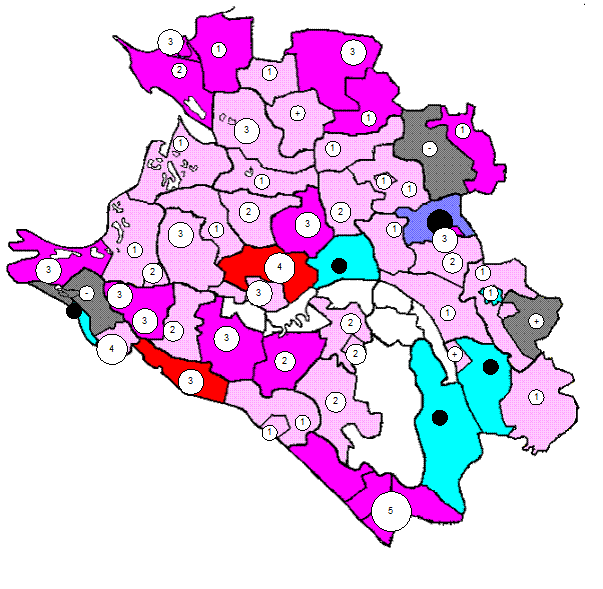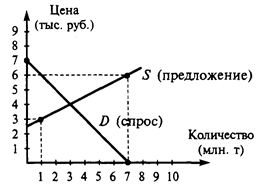BLOOD VESSELS AND DISEASES OF BLOOD VESSELS
The blood vessels (to be) ______ part of the circulatory system. They (to function) _________ to transport blood throughout the body. The most important types, arteries and veins, (to carry) _______ blood away from or towards the heart, respectively.
All blood vessels (to have) _________ the same basic structure. The inner lining (to be) ______ the endothelium. It (to surround) ________________________ by subendothelial connective tissue. Around this there (to be) _____ a layer of vascular smooth muscle. This layer (to develop) ____________highly _____________________ in arteries. Finally, there (to be) _____a further layer of connective tissue known as the adventitia. This layer (to contain) _________________ nerves that (to supply) ________________ the muscular layer, as well as nutrient capillaries in the larger blood vessels.
Capillaries (to consist) _____________ of little more than a layer of endothelium and occasional connective tissue.
Laid end to end, the blood vessels in an average human body will (to stretch) ___________ approximately 62,000 miles.
There (to be) ________ various kinds of blood vessels: Arteries Aorta (the largest artery, (to carry) _____________ blood out of the heart) Branches of the aorta (to be) _______the carotid artery, the subclavian artery, the celiac trunk, the mesenteric arteries, the renal artery and the iliac artery. Arterioles Capillaries (capillaries (to be) ____________the smallest blood vessels) Venules Veins Large collecting vessels (to be) _________the subclavian vein, the jugular vein, the renal vein and the iliac vein. Venae cavae (these 2 largest veins (to carry) ____________ blood into the heart) Blood vessels (to play) _______________ a role in virtually every medical condition. Cancer, for example, cannot (to progress) ____________________ unless the tumor (to cause) ____________ angiogenesis (formation of new blood vessels) to supply the malignant cells' metabolic demand. Atherosclerosis, the formation of lipid lumps (atheromas) in the blood vessel wall, (to be) _____ the prime cause of cardiovascular disease, the main cause of death in the Western world. Blood vessel (to increase) _________________________ in inflammation. Damage, due to trauma or spontaneously, may (to lead) __________________ to haemorrhage. In contrast, occlusion of the blood vessel (e.g. by a ruptured atherosclerotic plaque, by an embolised blood clot or a foreign body) (to lead) _________________ to downstream ischemia (insufficient blood supply) and necrosis (tissue breakdown). Vasculitis (to be) _______ inflammation of the vessel wall, due to autoimmune disease or infection.
Atherosclerosis ( to be) _____ a disease affecting the arterial blood vessel. It ______ commonly (to refer) ________________to as a "hardening" or "furring" of the arteries. It (to cause) __________________by the formation of multiple plaques within the arteries. Atherosclerosis typically (to begin) ______________ in early adolescence, and _____ usually (to find) ______________ in most major arteries. It may (to be) _____ asymptomatic and it (not to detect) ___________ by most diagnostic methods during life.
Various anatomic, physiological & behavioral risk factors for atherosclerosis (to know) _____________. These can (to divide) _______________________ into various categories: congenital vs acquired, modifiable or not, classical or non-classical. They (to be)
Advanced age Male sex Having Diabetes or Impaired glucose tolerance Dyslipidemia (elevated serum cholesterol or triglyceride levels): + High serum concentration of low density lipoprotein and / or very low density lipoprotein Low serum concentration of functioning high density lipoprotein (HDL, "good cholesterol") Tobacco smoking Having high blood pressure Being obese (in particular central obesity, also referred to as abdominal or male-type obesity) A sedentary life-style Having close relatives who have had some complication of atherosclerosis (eg. coronary heart disease or stroke) Elevated serum levels of uric acid (also responsible for gout) Elevated serum fibrinogen concentrations Chronic systemic inflammation Stress or symptoms of clinical depression Hypothyroidism (a slow-acting thyroid) High intake of saturated fats in diet
|




